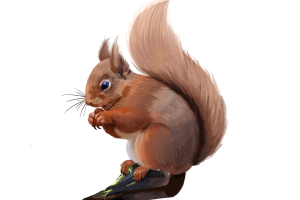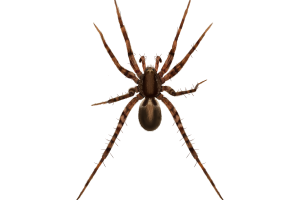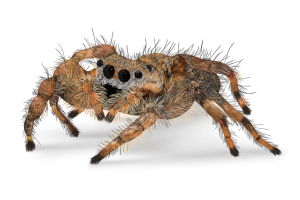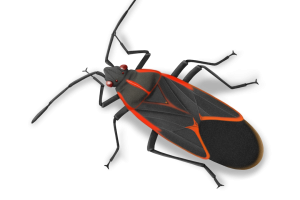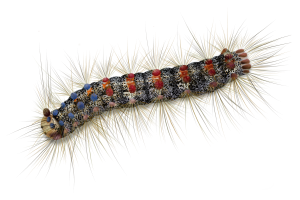At Birch Fumigators, we understand the importance of coexisting peacefully with wildlife, including red squirrels. While these agile creatures can be a charming sight, they may sometimes venture too close for comfort. Here are our humane, effective strategies for managing red squirrels:
- Securing Food Sources: To prevent unintentional feeding, make sure bird feeders are squirrel-proof. This involves using feeders specifically designed to keep squirrels out while allowing birds to dine undisturbed. Additionally, ensure that seeds, nuts, and other potential squirrel snacks are stored securely and out of reach.
- Garden Maintenance: Regularly trim trees and bushes, particularly those near structures. This not only maintains your garden’s aesthetics but also reduces pathways for squirrels to access your home or outbuildings.
- Natural Repellents: Employing natural or commercially available repellents can effectively deter red squirrels. These methods are designed to be safe for both the squirrels and the environment, ensuring that your property remains a no-go zone for them without causing harm.
- Professional Assessment: If these measures don’t fully address your red squirrel concerns, Birch Fumigators is here to help. Our team provides professional assessments and tailored solutions to manage red squirrel populations responsibly. We prioritize humane trapping and relocation methods, ensuring that these creatures are treated with respect and care during the process.
At Birch Fumigators, we are committed to balancing the needs of our clients with the wellbeing of wildlife. By choosing our services, you’re opting for effective, ethical solutions to manage red squirrel activity around your property.

